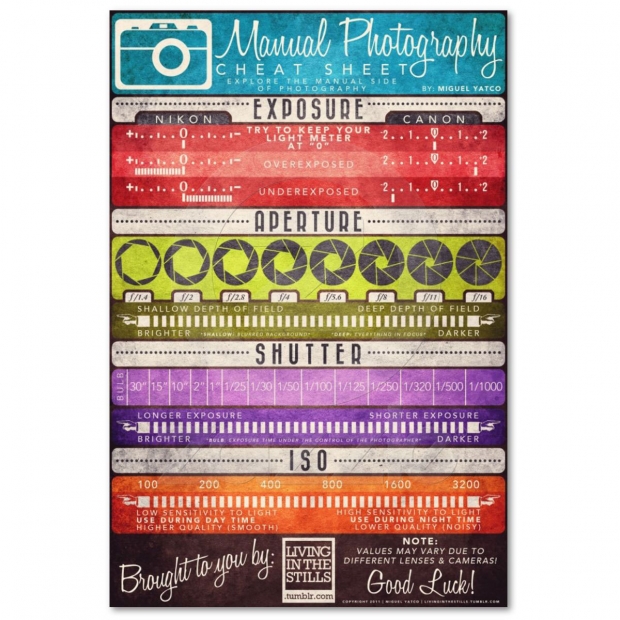Change Your Digital Photography By Understanding Lighting Strategies That Can Elevate Your Images-- Discover The Common Challenges That Could Be Holding You Back
Change Your Digital Photography By Understanding Lighting Strategies That Can Elevate Your Images-- Discover The Common Challenges That Could Be Holding You Back
Blog Article
Developed By-Gillespie Godwin
As a photographer, you recognize that lights can make or break your images. Recognizing the subtleties of both natural and man-made light is important for recording the state of mind and clearness you aim for in your work. Whether you're chasing after the best golden hour glow or tweak your man-made arrangements, understanding these aspects can boost your digital photography substantially. However there prevail risks that lots of forget, and acknowledging them can change your strategy to every shoot. Let's discover what https://www.liveinternet.ru/users/harder_mcdermott/post509027605 might be missing and exactly how it can influence your results.
Comprehending Natural Light
Comprehending all-natural light is important for any digital photographer looking to improve their work. It's the foundation of terrific photography, influencing state of mind, tone, and quality. When you fire outdoors, focus on the time of day. The golden hour-- quickly after sunrise and prior to sundown-- uses soft, warm light that can change average scenes into sensational images.
Don't ignore the power of overcast days. Cloud cover diffuses sunlight, creating a soft, also light that's best for pictures and macro photography. You'll discover shades pop in this kind of illumination without rough shadows.
Placing issues, also. Always consider your subject's orientation to the source of light. If the sun's behind your topic, you may end up with a silhouette, which can be significant yet mightn't be what you want. Alternatively, straight sunlight can create uncomplimentary shadows.
Explore angles; often, transforming your viewpoint can yield amazing outcomes. Usage all-natural reflectors, like water or sand, to jump light onto your topic, adding dimension.
Learning Artificial Light
Grasping synthetic light is necessary for photographers who intend to take their skills to the following level. Whether you're using speedlights, workshop strobes, or constant lights, recognizing how to control these sources can considerably improve your pictures.
Beginning by familiarizing on your own with the essentials of light high quality, instructions, and shade temperature. Explore different modifiers like softboxes, umbrellas, or grids to regulate the soft qualities or harshness of the light.
You'll discover that soft light typically creates complementary results, while harsher light can include dramatization and deepness. Do not avoid darkness; they can enhance the three-dimensionality of your subjects.
Pay attention to the placement of your lights. A light positioned as well near to your subject can develop unflattering results, while as well far away can result in a lack of information. Use a light meter or your cam's histogram to ensure you're revealing properly.
Last but not least, keep in mind that man-made light can be combined with ambient light for innovative impacts. Stabilizing these resources might take method, but once you understand it, your digital photography will truly shine.
Techniques for Different Circumstances
When you step into various capturing scenarios, adapting your lights techniques is crucial for recording the very best pictures. For outside pictures, make use of the gold hour-- morning or late afternoon light-- to soften shadows and boost complexion.
If it's a rough midday sunlight, take into consideration using a reflector to bounce light back onto your subject or seek shaded areas for a more also direct exposure.
In low-light situations, like indoor events, raise your ISO and utilize a large aperture to allow in more light. A tripod can help remove cam shake, enabling longer exposures without blurring.
If you're contending evening, trying out off-camera flash to develop dynamic illumination and deepness in your pictures.
For product photography, utilize diffused lighting to avoid rough reflections. Softboxes or light outdoors tents can aid achieve this impact.
When photographing landscapes, think about the instructions of light and time of day, as it can dramatically alter the state of mind of your shot.
Always be ready to readjust your settings and placing based on the scenario, as flexibility is key to understanding illumination in digital photography.
http://deon3174lita.booklikes.com/post/6559612/exactly-how-to-locate-your-one-of-a-kind-style-as-a-digital-photographer
To conclude, grasping lighting is vital to raising your photography abilities. Accept all-natural light's appeal throughout gold hour, and don't shy away from try out fabricated light techniques. By adjusting your method to different scenarios, you'll catch stunning photos that resonate with emotion and clearness. Keep in mind, the right lighting can change an average shot into something remarkable, so keep practicing and fine-tuning your understanding of both natural and fabricated light. Pleased shooting!
